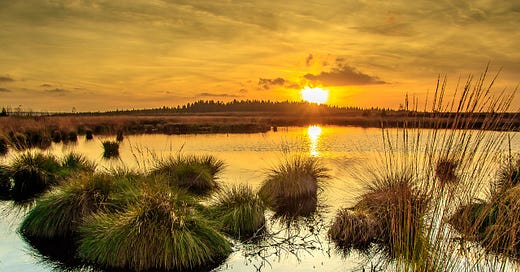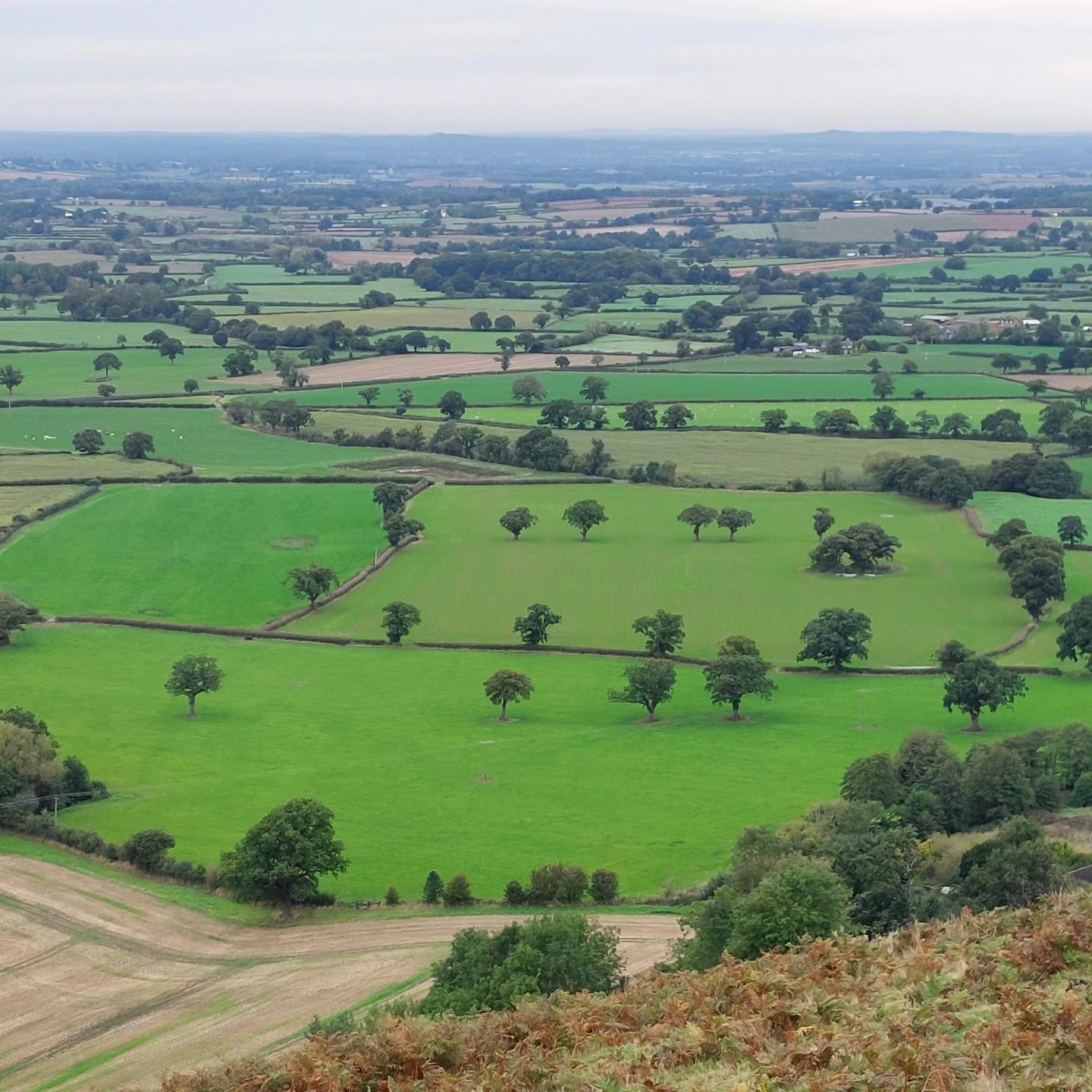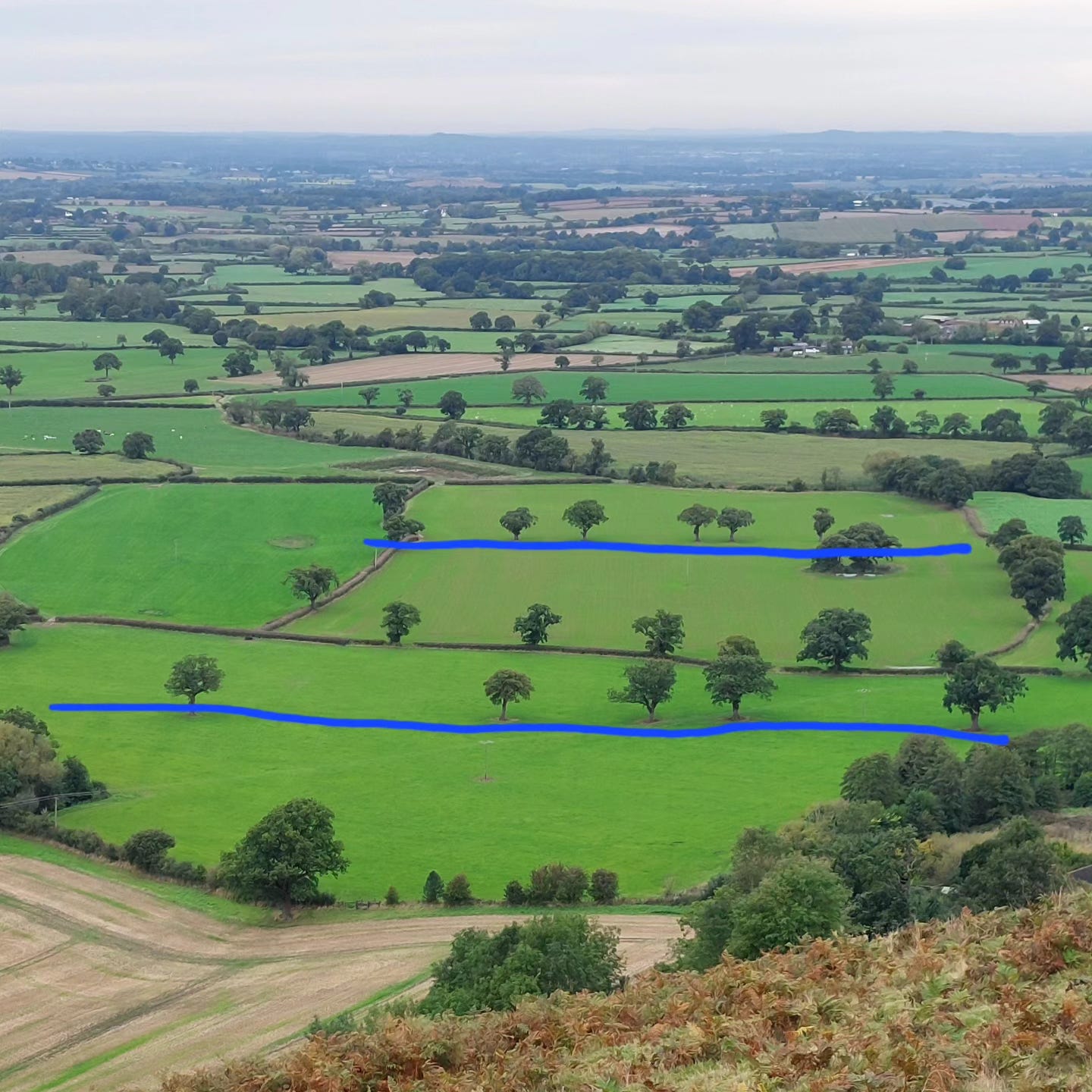Wetlands & Nature-based Solutions
- Keep up-to-date with the latest wetland and nature-based solutions news, research and jobs. If you’d like to receive regular updates, please subscribe to this newsletter.
🧾 Latest news
Climate warning as world’s rivers dry up at fastest rate for 30 years
Rivers dried up at the highest rate in three decades in 2023, putting global water supply at risk, data has shown. Over the past five years, there have been lower-than-average river levels across the globe and reservoirs have also been low, according to the World Meteorological Organization’s (WMO) State of Global Water Resources report.
Wetlands offer us the ultimate nature-based solution in managing water levels in our landscapes and rivers. We must start harnessing their power more.Wetlands can be recovered with the right plants
Some great research being done to revive lost wetlands in the Netherlands by replanting native plants, which helps restore biodiversity and combat climate change. This method, called paludiculture, not only cleans up excess nutrients and sequesters carbon, but also provides economic benefits to landowners.
Rewilding plans for famous Scottish loch
Plans to restore the landscape around one of Scotland's most famous lochs have been approved. More than 4,600 ha around Loch Katrine is to have native forests, peatland and moorland restored over the coming years. The project, which will create one of Europe's largest new woodlands, is expected to capture 1 million tonnes of carbon over 60 years and help secure water supplies for a quarter of Scotland's population.
Coastal Virginia could lose a majority of its wetlands to sea level rise
Coastal Virginia, USA, faces the alarming prospect of losing up to 78% of its wetlands by 2100 due to sea level rise, according to a new study by NASA and Wetlands Watch. Even with intervention, half of these vital ecosystems could disappear, impacting biodiversity and local climate resilience. Efforts to allow wetland migration may help, but action is urgently needed.
Huge number of threatened birds are spotted breeding on UK estuary
A recent RSPB survey has revealed that the Humber Estuary, UK, is now a vital breeding ground for threatened bird species, with 420 pairs of redshanks recorded this year. This discovery highlights the estuary's importance for conservation as redshanks, listed as an Amber species of concern, rely on saltmarsh habitats threatened by climate change and rising sea levels. The data will guide efforts to protect these habitats, which are essential not only for biodiversity but also for climate resilience.
🌳 “Ghost” hedges
Hedgerows are often overlooked as a nature-based solution however, they can provide a range of environmental and societal benefits. They help combat soil erosion, enhance biodiversity, act as carbon sinks, and contribute to climate resilience by reducing wind speed and providing shade.
All that being said - do you know what a “ghost” hedge is? Well, they are living time capsules hidden in plain sight across our countryside.
These scattered trees in the middle of this field are actually the remnants of an old hedgerow — once a thriving boundary, now a “ghost" or "relic" hedge.
You may not have even noticed them before, but once you start looking for them you'll see them everywhere! I've highlighted a couple of the ghost hedges you can see from where I was standing when I took this picture in Shropshire, UK. They're identifiable because of the straight line of trees in - what is now - the middle of a field. Originally though this would have been another hedgerow.
They're created because over time, hedgerows can degrade due to lack of maintenance, farming practices, or natural processes, leaving only sparse, isolated trees or shrubs, remnants of earthen banks, or even subtle changes in the soil or vegetation patterns.
Even though they may no longer serve their original purpose, ghost hedges can still support biodiversity by providing habitats for wildlife and contribute to the cultural landscape of rural areas.
What's more they're a glimpse into how our landscape looked in the past: living archaeological signs.
So, next time you’re out walking through the fields, keep an eye out for a ghost of nature-based solutions past!
💰 Wetland jobs
Get in-touch 📢
If you’d like to get in-touch please follow Dr Christian Dunn on Twitter/X (@christiandunn) or Instagram (@ProfChristianDunn), or email c.dunn@bangor.ac.uk.
If you have an image, news item, research item, or job you’d like to share in this newsletter, please get in-touch.






